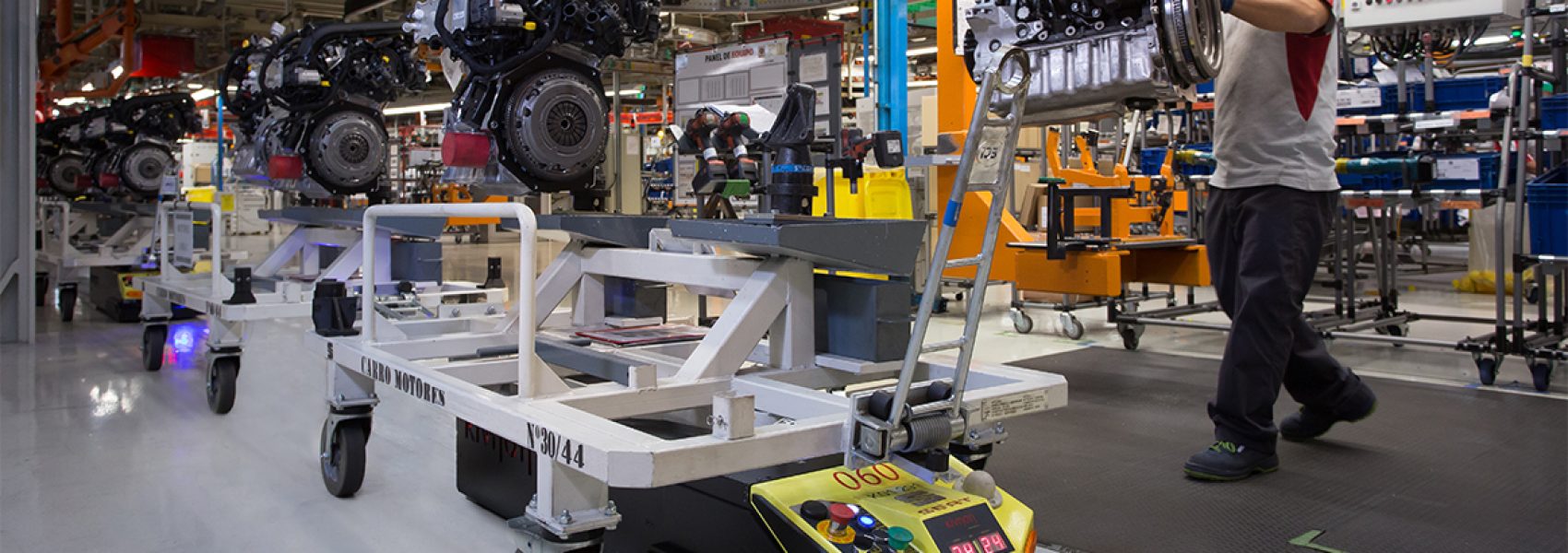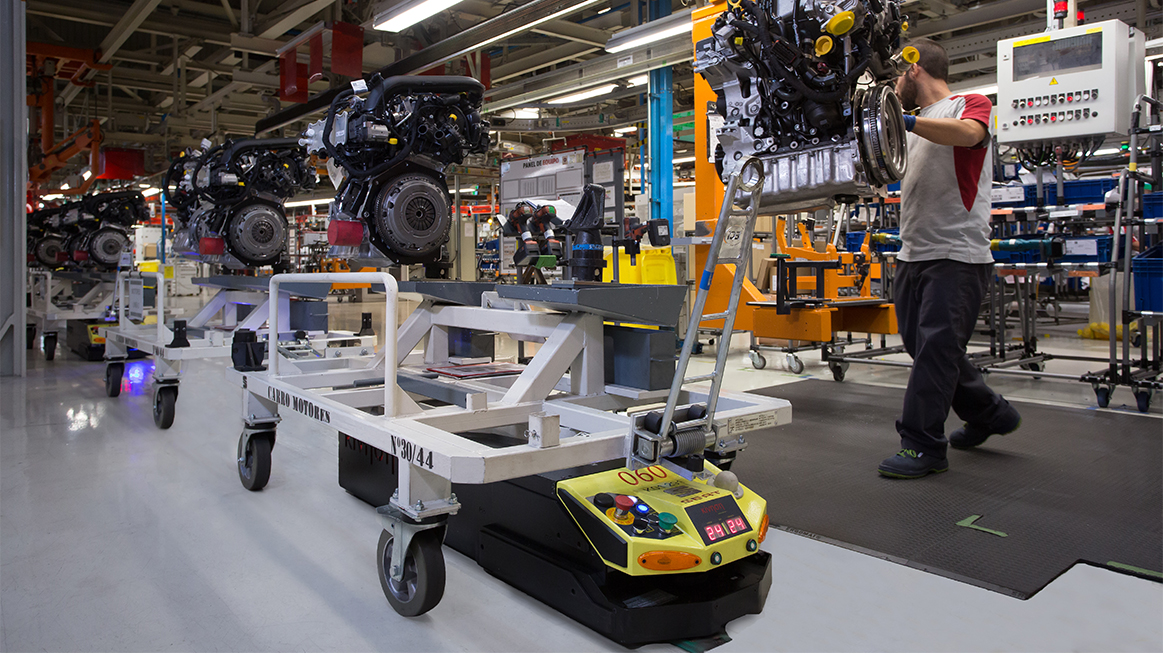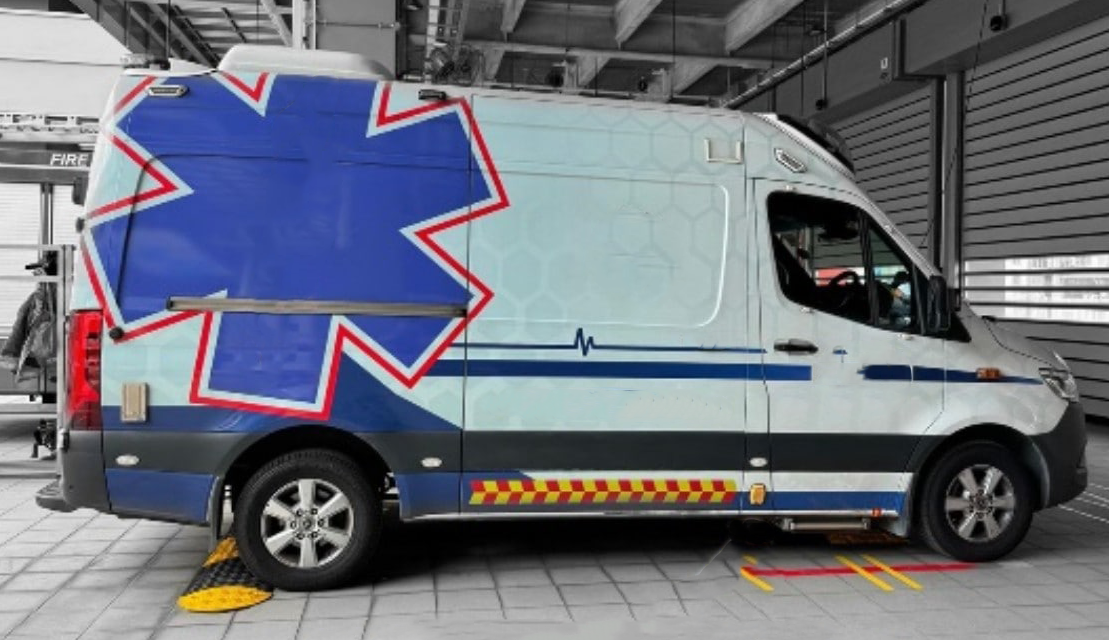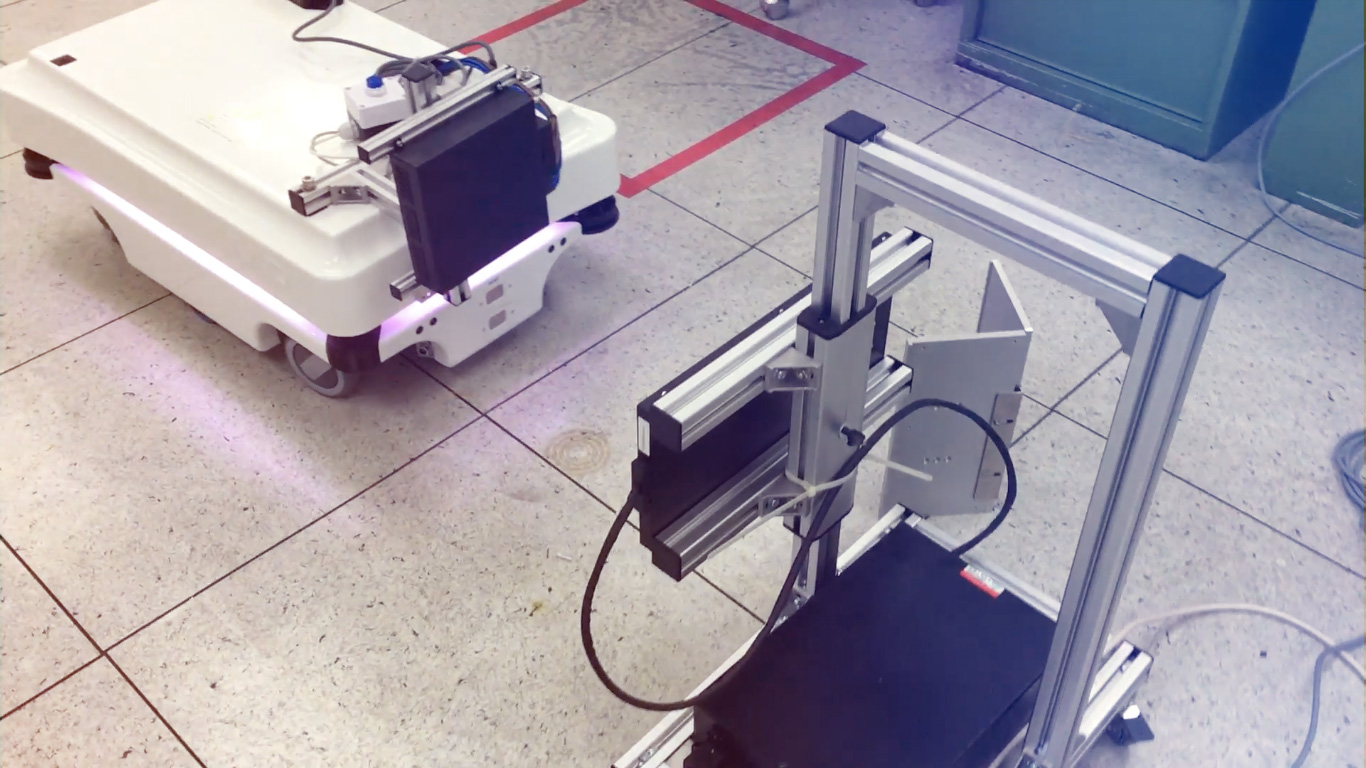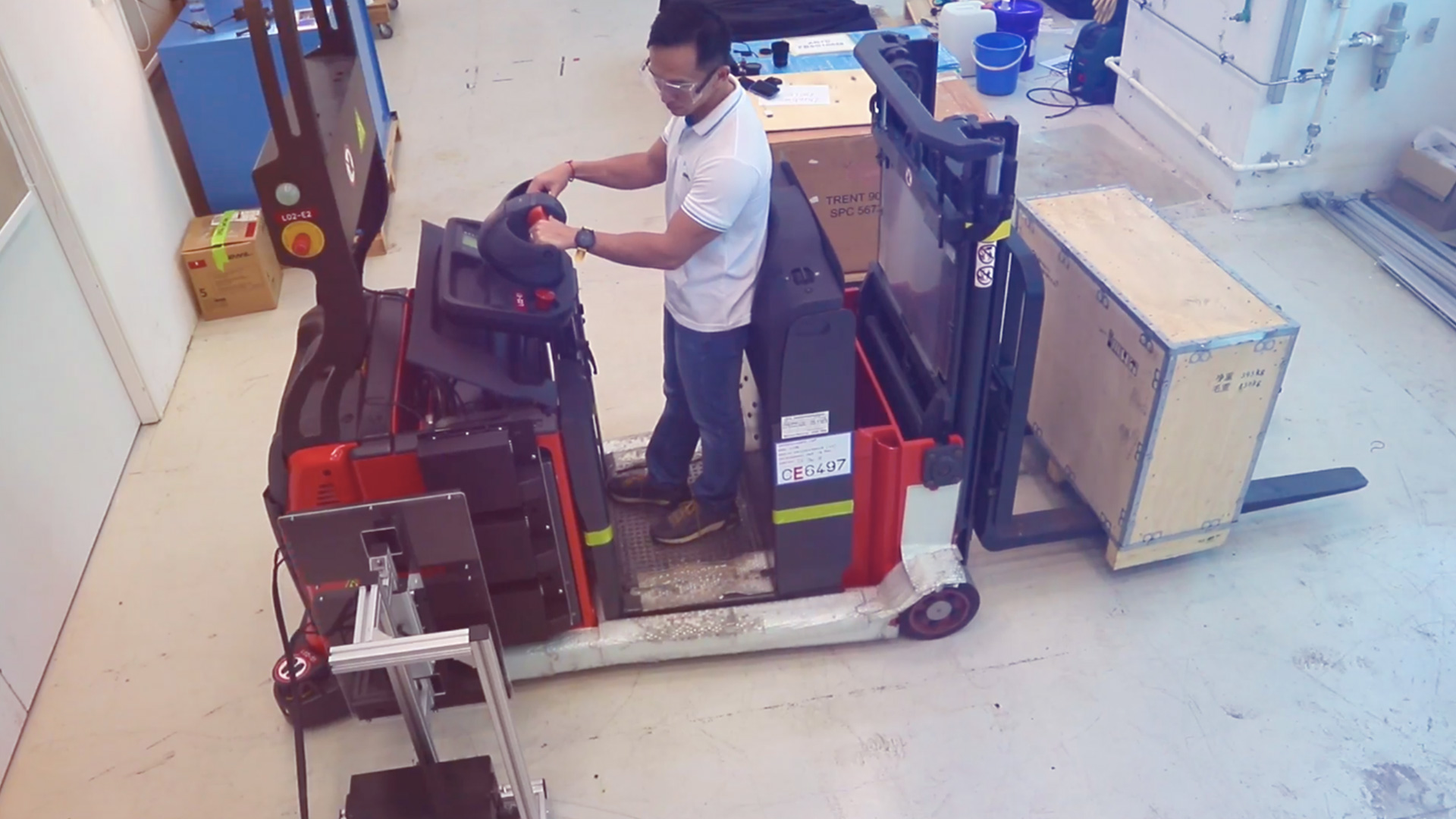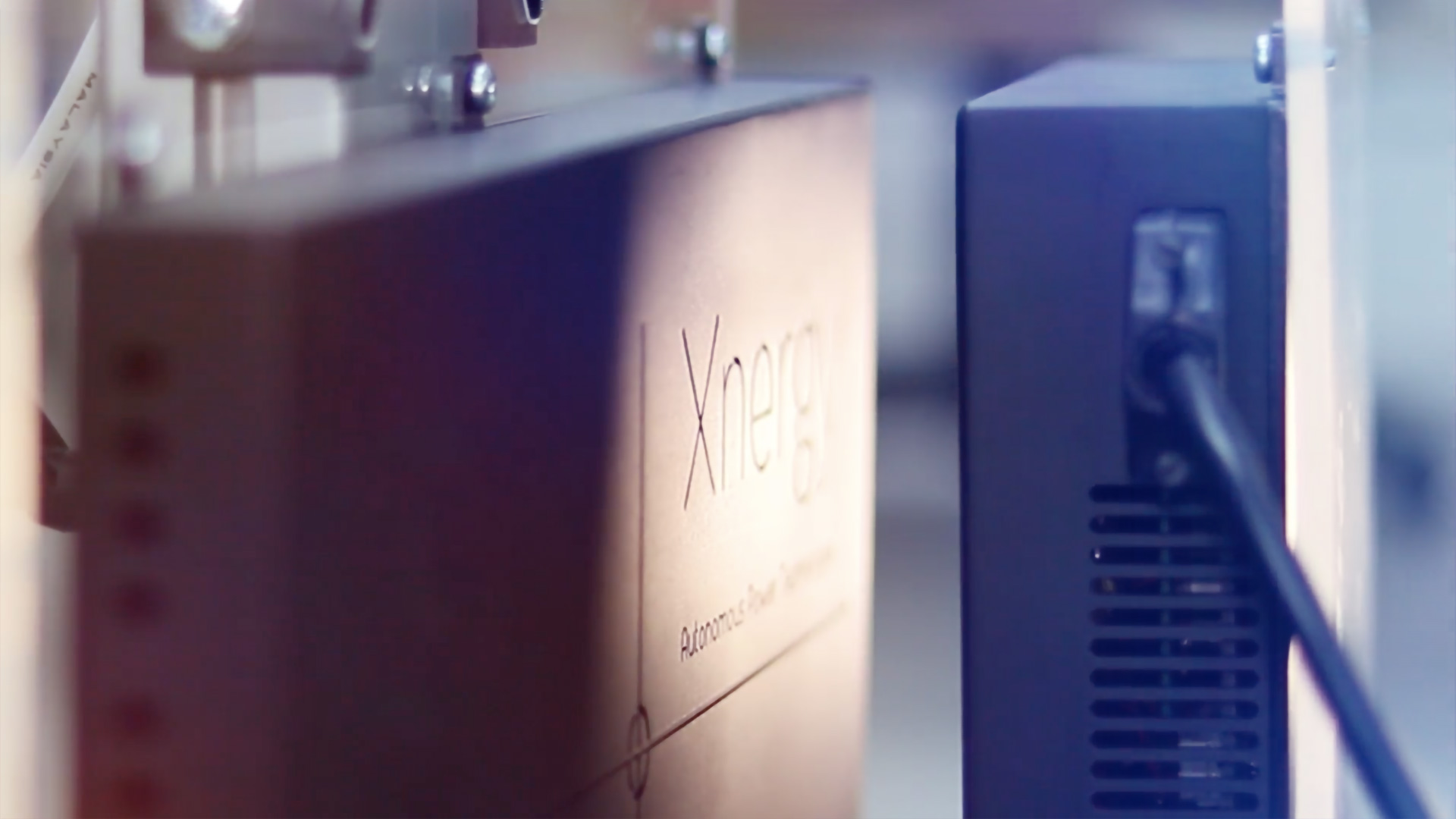Working with Cobots
In manufacturing plants, we’re seeing a trend towards the integration of robots alongside human workers to enhance operational efficiency and safety. With the rapid progression of artificial intelligence and robotics, collaborative robots, commonly referred to as Cobots, are finding their way into more intricate tasks, leading to broader application and adoption across various industries. However, as manufacturing facilities expand their robotic workforce, they encounter challenges, particularly when it comes to charging.
A Brief History of Charging
Initially, when robotics started making their way into manufacturing plants, they were predominantly stationary, drawing power directly from the grid. However, as demand for flexibility grew, mobile robots became more commonplace, necessitating the implementation of energy storage systems and charging solutions. The simplest approach involved wired connectivity, with battery-powered robots manually plugged into designated charging points.
As industrial robots progressed towards autonomy, traditional wired charging systems became outdated. The first steps towards autonomous charging came with contact-based solutions, where robots made physical contact with charging stations to transfer power.
Facing similar challenges, Europe’s second-largest automotive manufacturer sought solutions for their global production sites. While achieving charging autonomy with contact-based systems, they encountered frequent maintenance needs due to wear-and-tear, resulting in high labor costs and disruptive downtime.
Achieving Next Generation Charging
To address these challenges, they turned to Xnergy’s wireless charging solution which transitioned away from contact points and into fully contactless charging. This eliminated the issue of wear-and-tear, significantly reducing maintenance costs.
Moreover, Xnergy’s wireless chargers, featuring full insulation and no exposed contact points, eliminated the risk of electrocution, fostering a safer working environment for personnel. The system also integrated seamlessly into their existing fleet, facilitating a smooth transition.
These enhancements effectively streamlined interactions between humans and robots, cultivating a more collaborative environment on the factory floor.
Key Result:
- 50% lower capital expenditure
- 95.71% cut in operational costs every year

